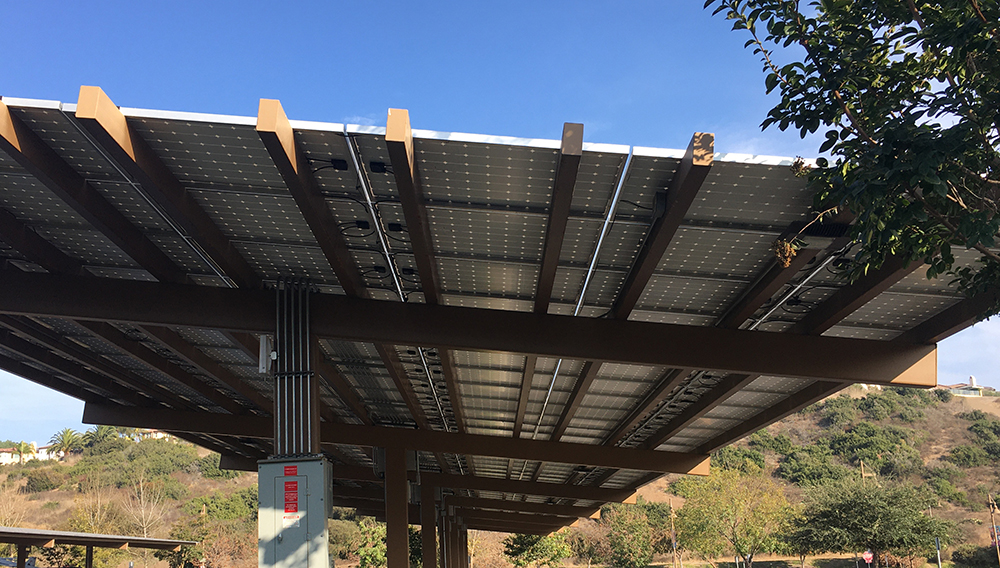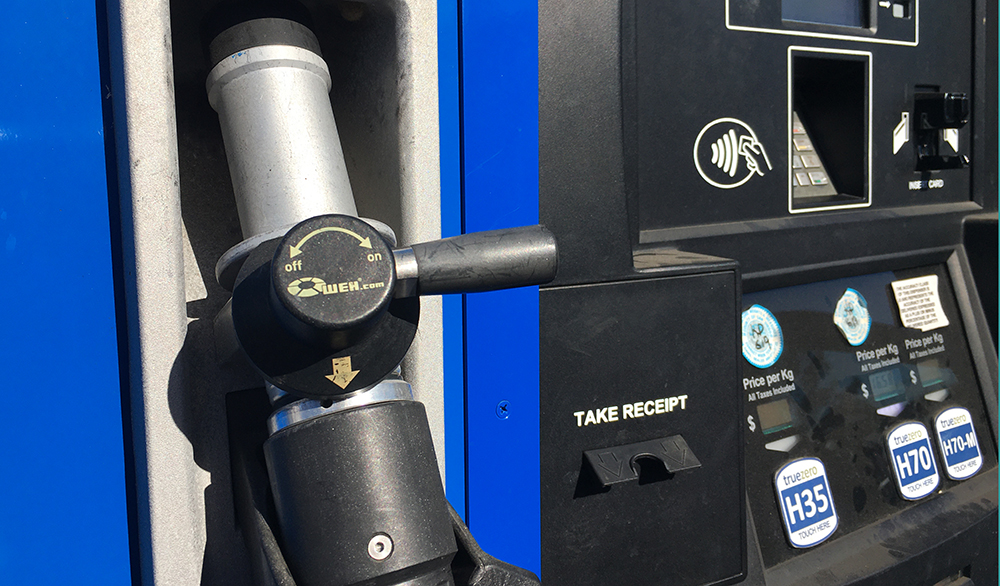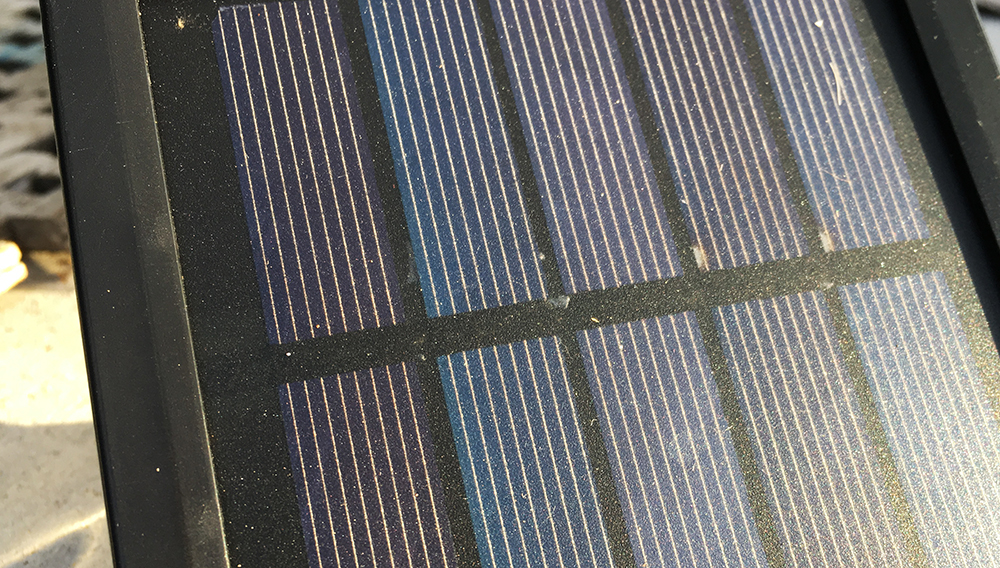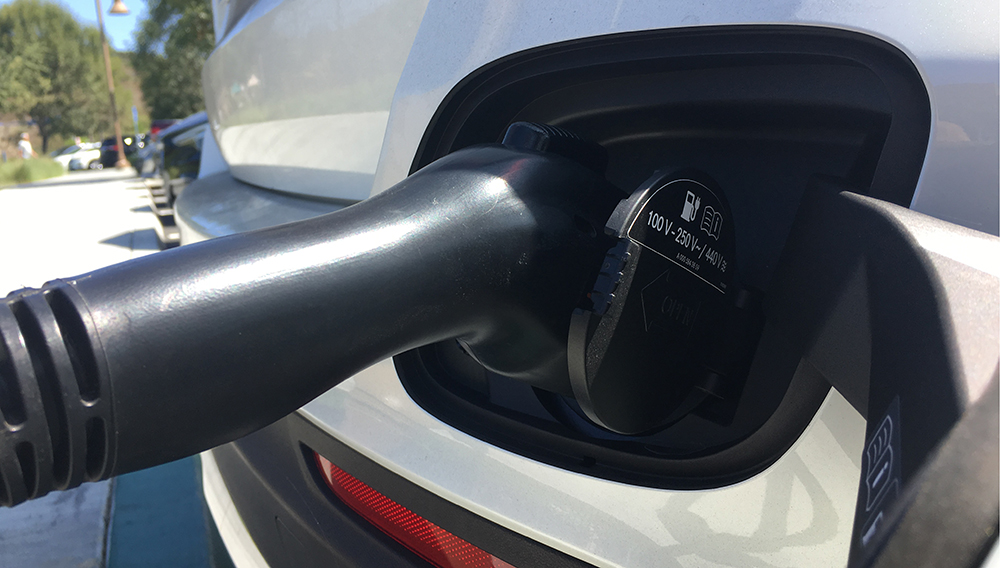Remember the scene in “Back to the Future” about TVs? Marty, traveling back in time from the 1980is to the 1950is, tells Stella they have two TVs at home. Stella answers: “Oh honey, he is teasing you. Nobody in the world has two television sets”.
This is how I felt after seeing a slide about solar adoption at the California Germany Bilateral Energy Conference. David Hochschild, chair of the California Energy Commission, gave an optimistic and inspiring keynote on clean energy in California.
He covered a range of clean energy highlights: Tesla’s Gigafactory developing the world’s largest factory for energy storage. Apple’s new solar roof, which is one of the biggest in the world and helps Apple being powered entirely by renewable energy. Another highlight is the Geysers, the world’s largest geothermal field with 22 geothermal power plants. It’s encouraging to hear about all these clean energy projects in California. What inspired me most from David’s talk was this slide:

The plot shows a prediction for solar adoption from the US Energy Information Administration. The dotted line shows their estimation for US Solar photovoltaics generation and the solid line shows what actually happened.
What does solar adoption have to do with climate change? The power sector accounts for 40% of annual greenhouse gas emissions to the atmosphere. By using energy from renewable sources such as solar we can cut emissions drastically.
Isn’t that amazing? Prediction of solar adoption is incredibly low in comparison to what actually happened over the last decade. What I like most about this graph is that it gives me hope we might be underrating other climate solutions as well. As we are getting cheaper and more efficient clean energy options every month, what’s next?









